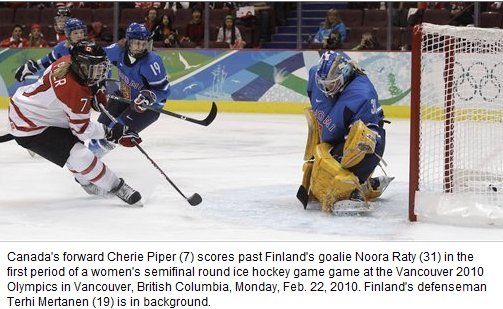Brian Lilley looks at a recent report which critiques the federal government’s claim that women earn only 84% of the wages that men earn. The report uses a different set of statistics to show that women only earn 70 cents for every dollar a man earns in Canada:
Were this true it would be a shocking and appalling state of affairs, the type of thing that government regulations must be called upon to rectify. I truly do not know anyone who would advocate that a man earn 42% more than a woman for working the same job, for the same number of hours. Of course this is not the case.
The report, dubbed a reality check by its authors, looks at the government’s claim that women earn 84 cents for every dollar a man makes and they dismiss it. Their reason for doing so? The government does not use the correct data. In the government report, the 84 cents on the dollar claim is arrived at by looking at wages on a dollar per hour basis using Statistics Canada’s July 2008 Labour Force Survey. In July of 2008 women earned an average of $19.14 per hour while men earned an average of $22.80 per hour, thus the 84 cents on the dollar figure.
In any argument over statistics, the chosen measurement is always the one that best supports your argument. This is fair play, when the statistics are comparable. It isn’t when your choice of stat measures something quite different:
The collective report by the labour and activist groups does not use dollar per hour compensation to show that women earn less than men, they use total year compensation. It is easy to understand why the group uses this formula, it will always show that women are being discriminated against while the other formula is showing improvements. A quick look at Stats Canada’s monthly Labour Force Survey shows one reason why men make more money than women; they work more hours. While this may not justify a difference in hourly wages, it would justify a difference in year end compensation. In the report cited by the government, men worked an average of 38.7 hours per week, a full five hours more than women who clocked in for 33.7 hours. For full-time workers, rather than all workers combined, there was still a difference, men working 40.7 hours per week to 38 hours for women. In reviewing several months of these reports over the past two years a consistent pattern emerges, men in full-time jobs work two to three hours more per week than women.
There may still be parts of the economy where male bosses or business owners irrationally discriminate against women (equally, there may be other forms of prejudice in play). Where laws exist to prohibit this, they should be enforced. However, trying to paint the numbers to show discrimination where it does not exist does not help anyone, and it makes it harder to achieve truly equal rights.
Update, 21 October: Ilkka at The Fourth Checkraise mentioned a related story from Finland:
Speaking of the male-female wage gap, I don’t know how I could forget the recent study by the Finnish emeritus researcher (who is thus free to speak his mind) Pauli Sumanen about this very issue. It concluded that Finnish men earn more on average (again, not the median) than Finnish women simply because they work more: if you control for actual hours worked, women get paid more than men so that a woman’s euro is not 80 cents but closer to 104. And if you look at the net salaries after the heavily progressive taxation, and include the fact that women live and receive pensions seven years longer on average (Finnish women pay 45% of total health care costs yet use 59% of health care), these numbers become vastly more dramatic for women.





